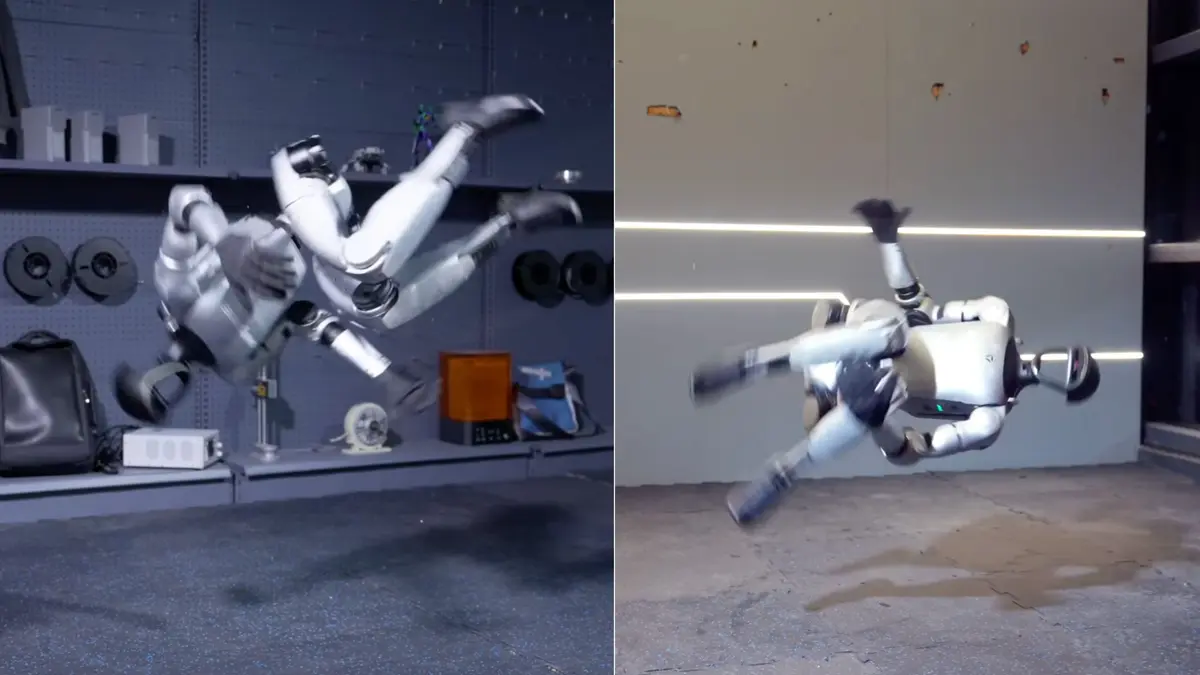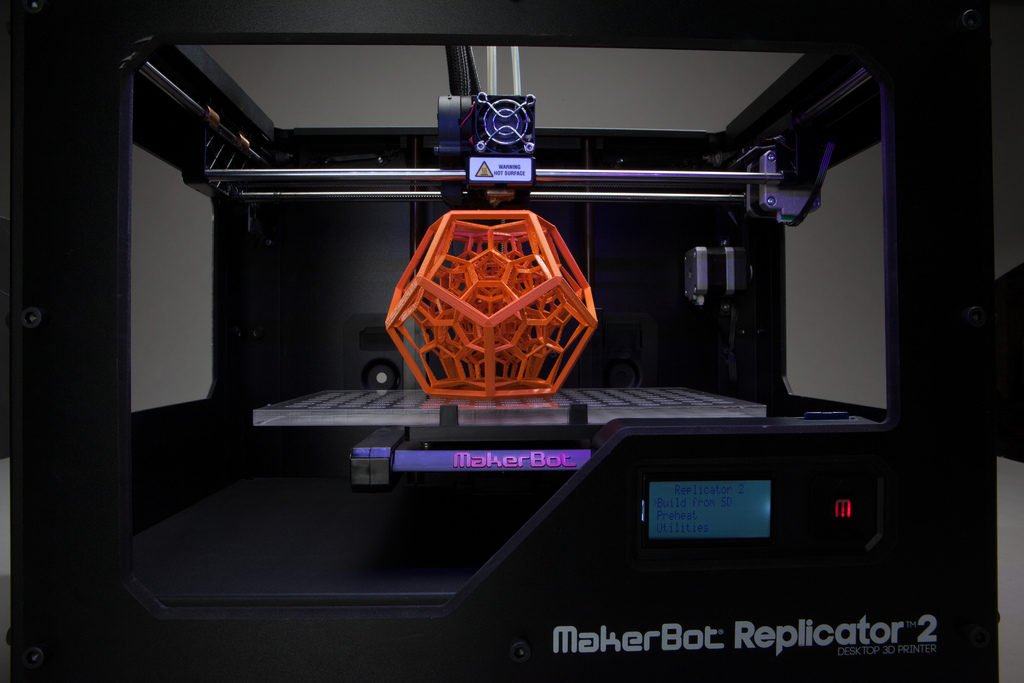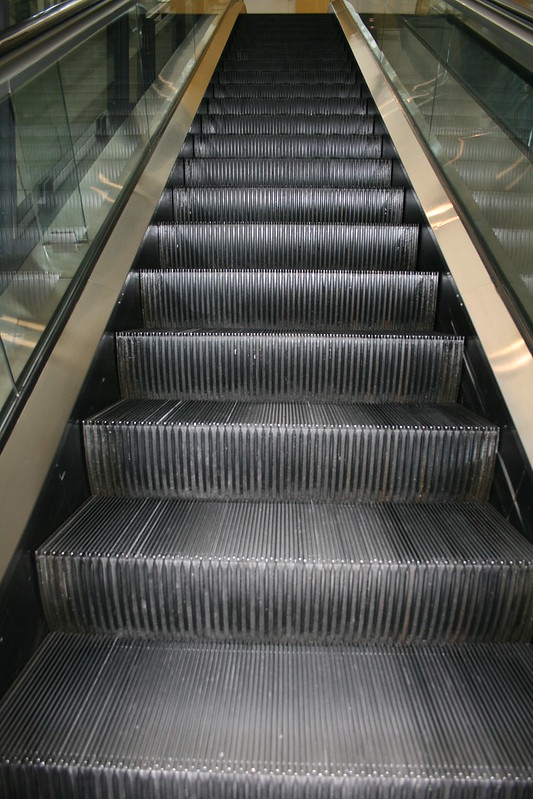Chinese robotics company Unitree has once again set the limits of humanoid robot mobility with its latest model, the G1.
The company recently shared a video demonstrating the G1’s impressive ability to perform a standing side flip—a more complex movement than the standing backflip performed by its predecessor, the Unitree H1, in March 2024. Unitree has refined the robot’s algorithms to allow it to perform more sophisticated movements with accuracy and control.
Unitree G1: Sophisticated Motion and Stability
The G1 has 23 DoF engineered into it for unmatched stability and coordination. It stands at a height of 4.33 feet (1.32 meters) and weighs 77 lbs (35 kg). Folded, the robot takes up little space, standing at a mere 27 x 17.7 x 11.8 inches. Equipped with cutting-edge tech, including 3D LiDAR, a RealSense depth cam, and a noise-canceling mic array to pick up on voice commands.
Pioneered by a 9,000-mAh quick-release battery, the G1 offers a maximum of two hours of operation time, and the advantage of fast battery switching. The robot’s 8-core high-speed CPU drives its joints in arms, legs, and torso to enable fast motion and a walking speed of up to 6.5 feet per second (4.5 mph).
Unitree emphasized the necessity for the G1 to be handled responsibly, not programmed or changed into combat use.
Before actual production, the G1 is initially trained in a virtual environment by Nvidia’s Isaac Simulator. The simulation allows the robot to learn complex behaviors through reinforcement learning, perfecting its skills in a controlled digital environment. The learned behaviors are then transferred onto the physical model with no hiccups using a process called Sim2Real, ensuring actual-world execution precisely.
Open-Source Innovation
As part of its initiative to accelerate humanoid robotics, Unitree has introduced an open-source full-body motion dataset to enhance the motor control and coordination of humanoid robots. The dataset improves movement smoothness for Unitree’s top-of-the-line models like the H1, H1-2, and G1 to enable human-like movements like dancing and dynamic repositioning.
Built with LAFAN1 motion capture capabilities, the dataset is fully supported by Unitree’s humanoid systems and includes a sophisticated redirection algorithm. This enhances motion planning through interactive mesh processing and inverse kinematics, with posture constraints, joint articulation, and velocity parameters considered.
Making the dataset publicly available to the broader research community, Unitree seeks to speed innovation within humanoid robotics and to advance the practical applicability of the technology in the real world.
Unitree’s humanoid robots continue to push boundaries in the field, with the H1 model having achieved a Guinness World Record in March 2024 for a sprinting speed of 7.38 mph (3.3 m/s). The G1, designed to be small and affordable, is a general-purpose research platform, making high-end humanoid robotics more accessible to academia and commercial environments.
Notably, the G1 executed the side flip perfectly without breakdown or damage in programming or shooting, also proving its ruggedness and agility.
Related Stories:
https://www.aibase.com/news/16425
https://www.newsflare.com/video/729497/watch-the-worlds-first-side-flip-performed-by-humanoid-robot
https://interestingengineering.com/innovation/chinas-first-humanoid-robot-frontflip
Take Action:
https://www.yahoo.com/news/china-startup-unveils-humanoid-robot-144702007.html






